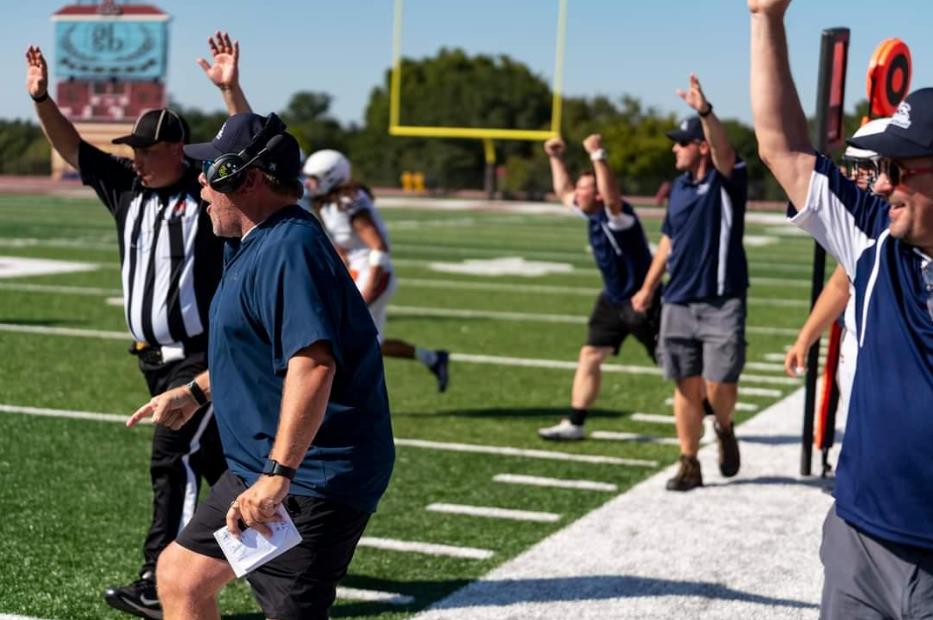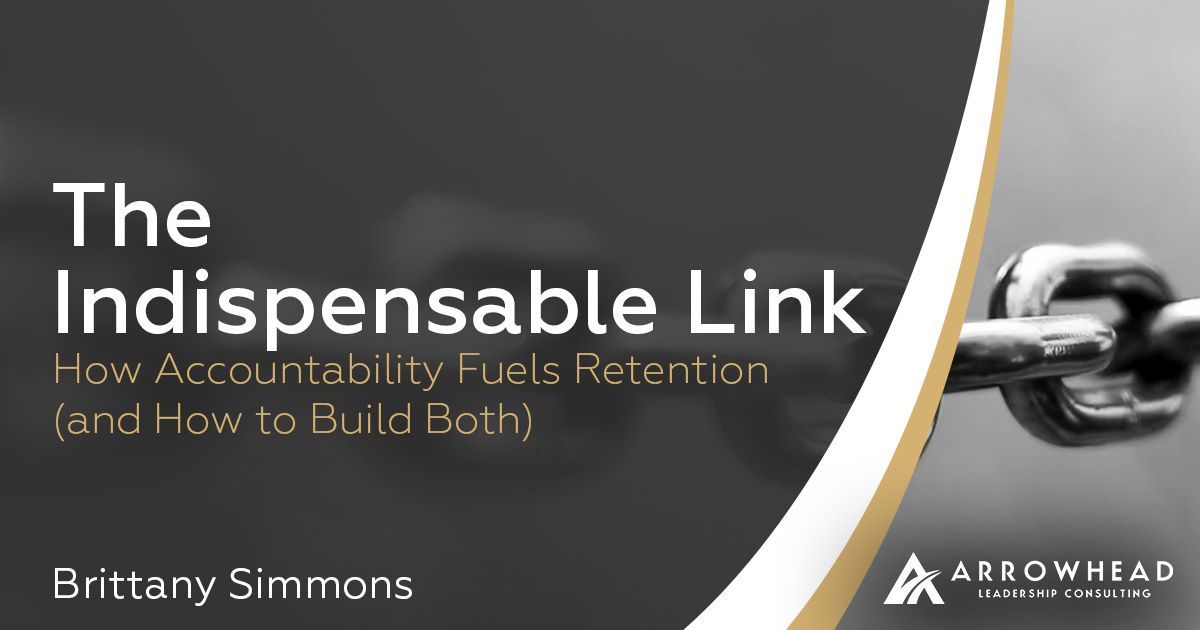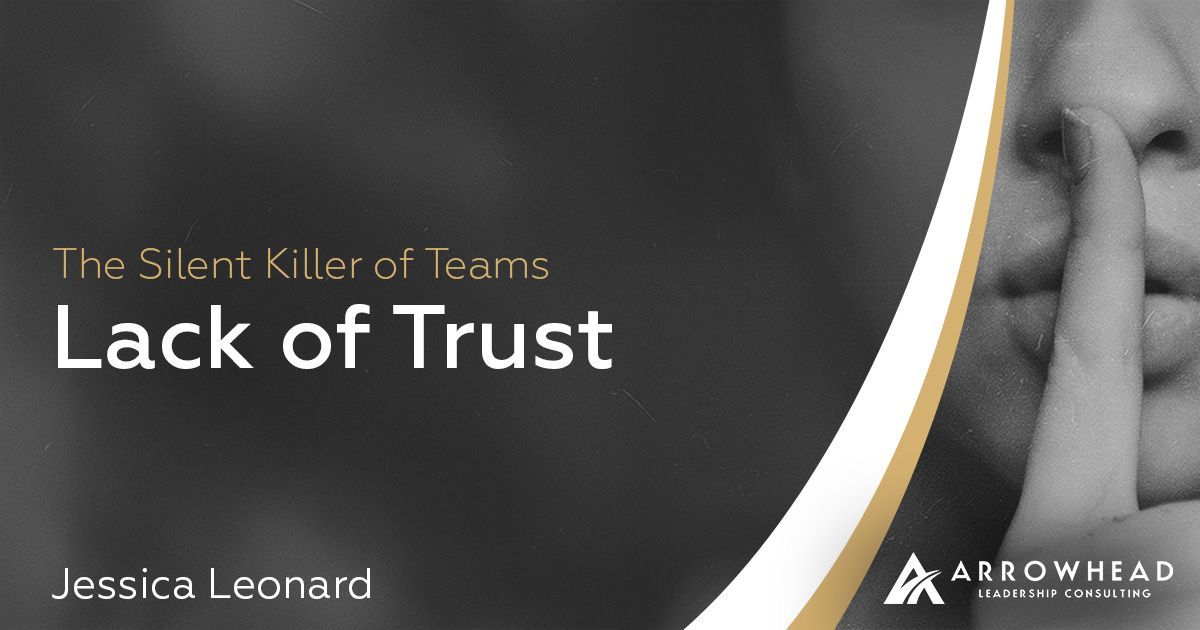From Turnover to Team Loyalty: How Great Leaders Build Winning Cultures
Great teams aren’t just managed. They’re developed.
From Belichick to Vermeil, the best leaders in football knew how to build people, not just plays. The same is true in business.
If you’re battling turnover, quiet quitting, or disengagement, it might be time to ask: Are you building a culture worth staying for?

If you’re a leader staring down high turnover, quiet quitting, or disengagement, you already know this: culture is either your greatest asset or your silent saboteur.
The question isn’t whether you have a culture... It’s whether you’re intentionally building one that develops people, fuels loyalty, and drives performance.
As both a football coach and a fan, I’ve seen a truth that transcends the field: empowerment paired with a developmental mindset builds long-term success, whether you’re chasing championships or building a team that wins in business.
The best football programs don’t just win games, they develop people.
- Bill Belichick’s defensive system gave a young Tom Brady the structure and support to grow into the most decorated quarterback in NFL history.
- Dick Vermeil took a chance on Kurt Warner when others didn’t—and the Rams’ system gave him the space to thrive.
- George Seifert and Mike Holmgren invested in Steve Young’s growth while he studied under Joe Montana.
- Mike McCarthy rebuilt Aaron Rodgers’ throwing mechanics during three years on the bench behind Brett Favre.
These weren’t just football decisions, they were leadership decisions. They didn’t simply manage talent; they developed it. They created cultures where future leaders could grow, patiently and intentionally.
It’s no different in your organization.
Companies with strong cultures anchored by clear values, a compelling vision, and a meaningful mission don’t just retain people, they cultivate loyalty. They create environments where people want to stay, grow, and contribute at higher levels.
But here’s the catch: culture alone isn’t enough.
To truly build capacity, leaders must invest in development. Training, mentorship, coaching, and leadership pipelines aren’t luxuries, they’re multipliers.
When you invest in your people, you’re not just making them better at their jobs, you’re expanding your entire team’s capacity to lead, adapt, and deliver. The impact is exponential. One study found that leadership development delivers an ROI of $7 for every $1 spent (BetterManager, Ryan Gerding).
Yes, development takes time, money, and energy. And when operational demands, budget constraints, and short-term pressures are closing in, it’s tempting to push growth initiatives aside. But that’s a short-term win with a long-term cost.
So, ask yourself:
- How many of your KPIs are results-focused?
- How many are people-focused?
If you want resilient teams that innovate under pressure, lead through change, and stay when things get hard, you must lead like a developer—not just a director.
Leadership is a long game. Whether you’re coaching 7th-grade football or running a multi-million-dollar operation, the leaders who grow others build legacies that last.
If you’re ready to start building that kind of bench strength in your organization, we can help you get there. At Arrowhead Leadership, we work with leaders in the early stages of building a culture, or those looking to elevate the one they already have, to turn potential into performance.
Let’s start the conversation. Your future leaders are waiting to be developed.
How do you build the bench? Let me know if Arrowhead-Leadership can help.
Arrowhead Leadership Blog











